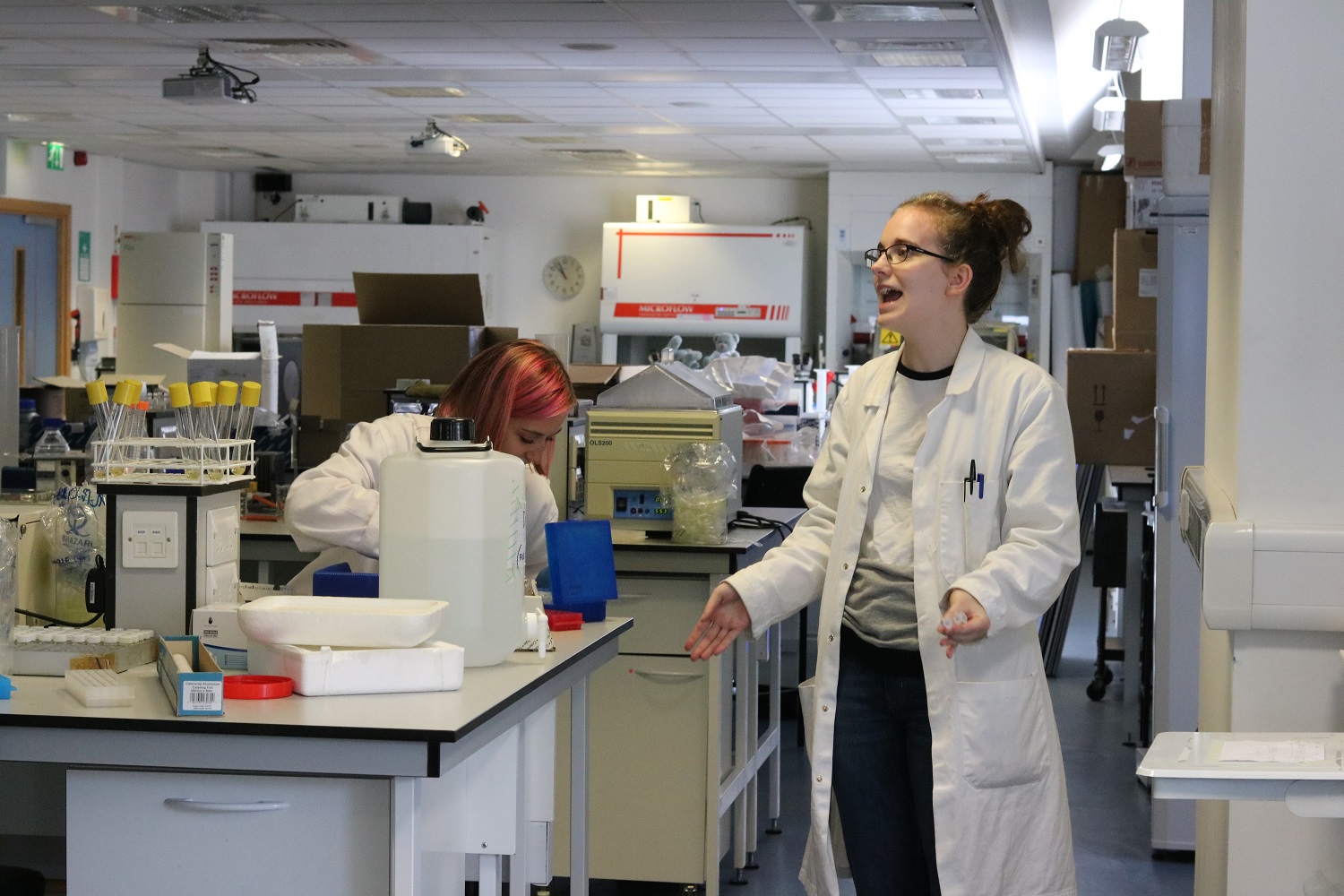|
|
| Line 1: |
Line 1: |
| − | {{Glasgow}} | + | {{GlasgowHeader}}<html> |
| − | <p></p> | + | <div class="photo-block" id="templatepage"> |
| − | {{Glasgow_NavBar}}
| + | <div class="text left"> |
| − | <p></p> | + | <div class="title"> |
| | + | Template Page |
| | + | </div> |
| | + | </div> |
| | + | </div> |
| | + | <div class="wiki-block"> |
| | + | <div id="article"> |
| | + | |
| | + | </html> |
| | | | |
| − | <html>
| |
| | | | |
| − | <p></p>
| |
| | | | |
| − | <head>
| + | ==Overview== |
| − | <style>
| + | |
| | | | |
| − | </style>
| |
| − | </head>
| |
| − | <body>
| |
| | | | |
| − | <p></p> | + | <ref>Kiliç, A. O., Pavlova, S. I., Ma, W. G. & Tao, L. 1996. Analysis of <i>Lactobacillus</i> phages and bacteriocins in American dairy products and characterization of a phage isolated from yogurt. Appl Environ Microbiol, 62, 2111-6.</ref> |
| | | | |
| − | <div class="column full_size judges-will-not-evaluate">
| |
| − | <h3>★ ALERT! </h3>
| |
| − | <p>This page is used by the judges to evaluate your team for the <a href="https://2017.igem.org/Judging/Medals">medal criterion</a> or <a href="https://2017.igem.org/Judging/Awards"> award listed above</a>. </p>
| |
| − | <p> Delete this box in order to be evaluated for this medal criterion and/or award. See more information at <a href="https://2017.igem.org/Judging/Pages_for_Awards"> Instructions for Pages for awards</a>.</p>
| |
| − | </div>
| |
| − | <div class="clear"></div>
| |
| | | | |
| | + | ==Aims== |
| | | | |
| − | <div class="column full_size">
| + | *Aim 1 |
| − | <h1>Demonstrate</h1>
| + | **Sub-aim 1 |
| − | <h3>Gold Medal Criterion #4</h3>
| + | **Sub-aim 2 |
| | | | |
| − | <p>
| + | *Aim 2 |
| − | Teams that can show their system working under real world conditions are usually good at impressing the judges in iGEM. To achieve gold medal criterion #4, convince the judges that your project works. There are many ways in which your project working could be demonstrated, so there is more than one way to meet this requirement. This gold medal criterion was introduced in 2016, so check our what 2016 teams did to achieve a their gold medals!
| + | **Sub-aim 1 |
| − | </p>
| + | **Sub-aim 2 |
| | | | |
| − | <p>
| |
| − | Please see the <a href="https://2017.igem.org/Judging/Medals">2017 Medals Page</a> for more information.
| |
| − | </p>
| |
| | | | |
| | + | ==Materials and Methods== |
| | | | |
| − | </div>
| + | ===Condition set up=== |
| | | | |
| | | | |
| − | <div class="column half_size">
| + | ===Sample preparation=== |
| | + | <small> |
| | + | *1 |
| | + | *2 |
| | + | *3 |
| | + | </small> |
| | | | |
| − | <h4> What should we do for our demonstration?</h4> | + | {{GlasgowWikiImage|image=Glasgow2017_caption_image1.JPG|caption=<b>Table 1:</b> Optical density analysis of <i>S. thermophilus</i> growth}} |
| | | | |
| − | <h5> Standard teams </h5>
| |
| | | | |
| − | <p>
| + | ==Results and Discussion== |
| − | If you have built a proof of concept system, you can demonstrate it working under real world conditions. If you have built a biological device that is intended to be a sensor, can you show it detecting whatever it is intended to sense. If it is intended to work in the field, you can show how this might work using a simulated version in the lab, or a simulation of your device in the field.<strong> Please note biological materials must not be taken out of the lab</strong>.
| + | |
| − | </p>
| + | |
| − | </div>
| + | |
| | | | |
| − | <div class="column half_size">
| |
| | | | |
| − | <br>
| + | ==Outlook== |
| − | <h5> Special track teams </h5>
| + | |
| | | | |
| − | <p>
| |
| − | Special track teams can achieve this medal criterion by bringing their work to the Jamboree and showcasing it in the track event. Art & Design, Measurement, Hardware and Software tracks will all have showcase events at the Giant Jamboree.<strong> Please note biological materials must not be taken out of the lab</strong>.
| |
| − | </p>
| |
| | | | |
| − | | + | ==References== |
| − | </div> | + | <small><references/></small> |
| − | | + | <html></div> |
| − | | + | </div></html> |
| − | | + | {{GlasgowFooter}} |
| − | </html> | + | |



